Description
The ability of a buzzword to provide the appearance of meaning without really expressing that meaning is a distinguishing quality shared by all buzzwords. This perception of meaning may be conveyed without actually communicating the meaning. A great number of individuals are beginning to see the notion of “cloud computing” as if it were a foreign language. It is used in a broad range of contexts, and it often refers to subjects that do not seem to have any connection whatsoever. During one conversation, they discuss Google Gmail, and then, during the subsequent conversation, they discuss Amazon Elastic Compute Cloud (at least the latter has the term “cloud” in its name. Programrs and system administrators who are building transactional web applications in any cloud environment will find this manual to be comprehensive and all. encompassing. As I sit here and write this book, the term “cloud infrastructure” has come to be synonymous for the majority of people working in the cloud with Amazon Elastic Compute Cloud (EC2) and Amazon Simple Storage Service (S3). Because of this reality as well as the fact that I will be using examples from the Amazon cloud, it is vital for me to present an overview of cloud computing while putting an emphasis on the Amazon cloud. The vast majority of individuals who read this book have prior expertise in the creation of web applications that are hosted in traditional data centers. Now that we have a solid comprehension of what the cloud is and how cloud computing is done by Amazon, it is time to have a look at the challenges that you can face while moving your activities onto the cloud. Create a web application that is extremely scalable by doing what you would do anyway If your application can function behind a load balancer across a number of application server nodes without encountering any issues, you are essentially good to go, barring any particular regulatory or standards compliance concerns that may arise.
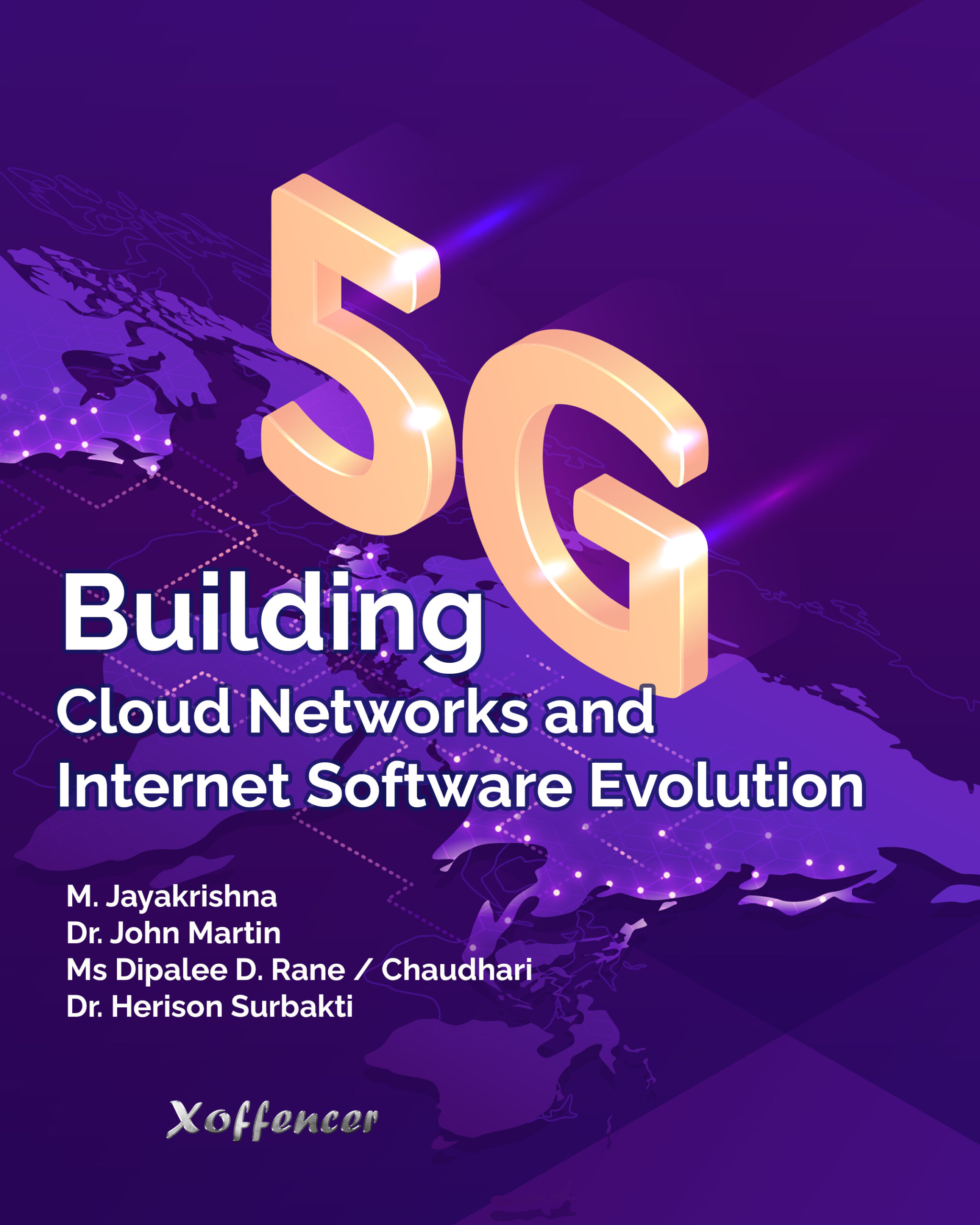

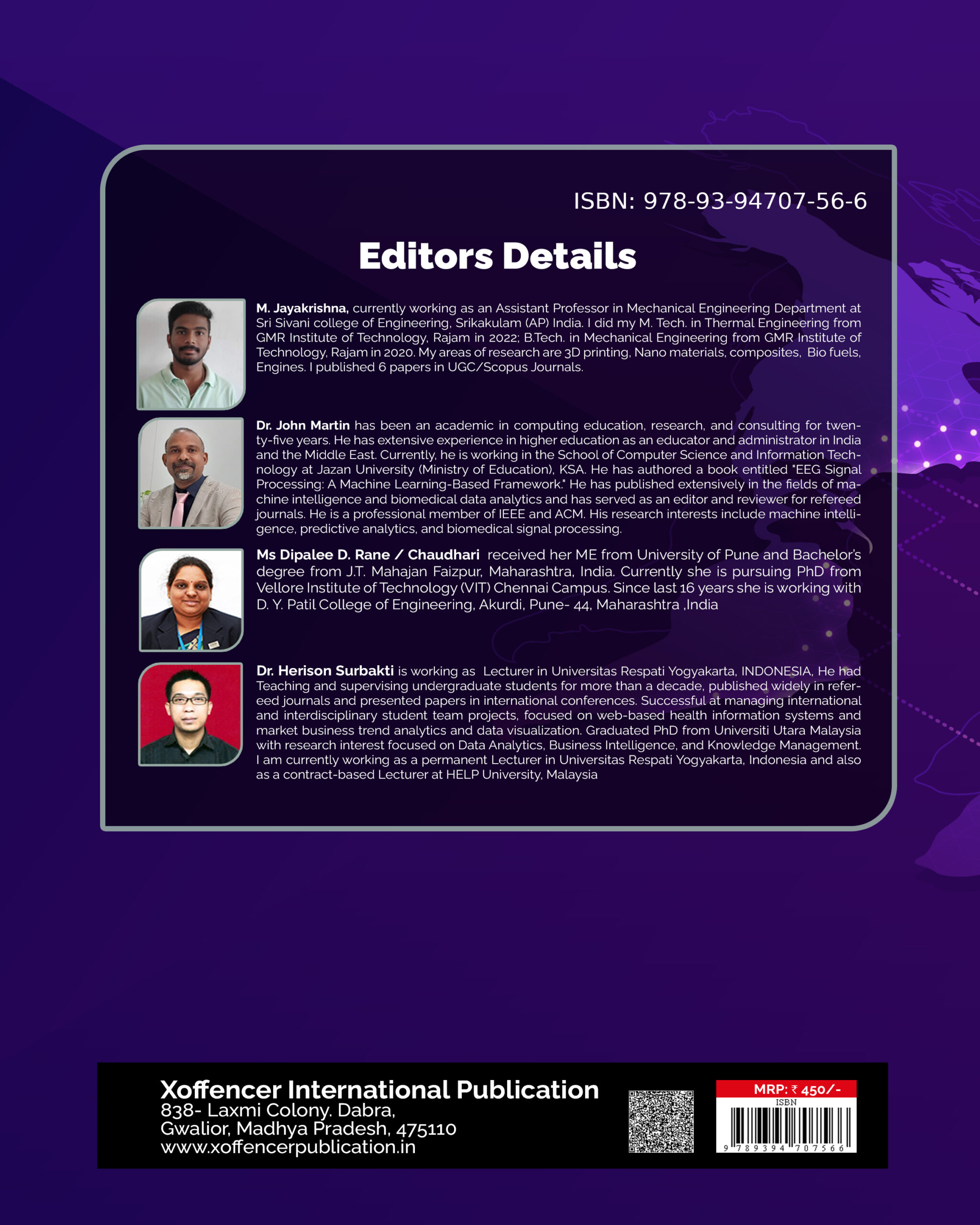
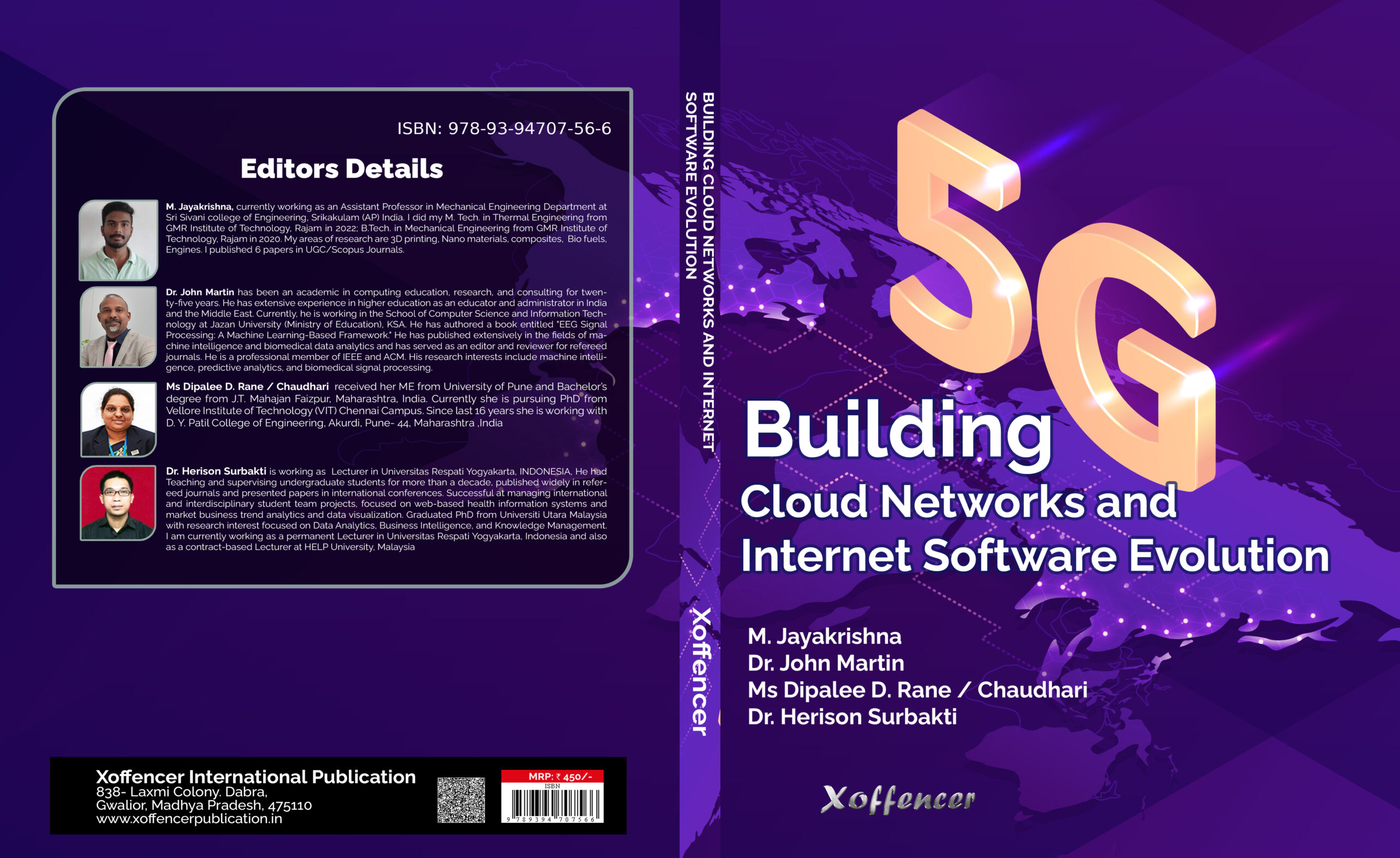

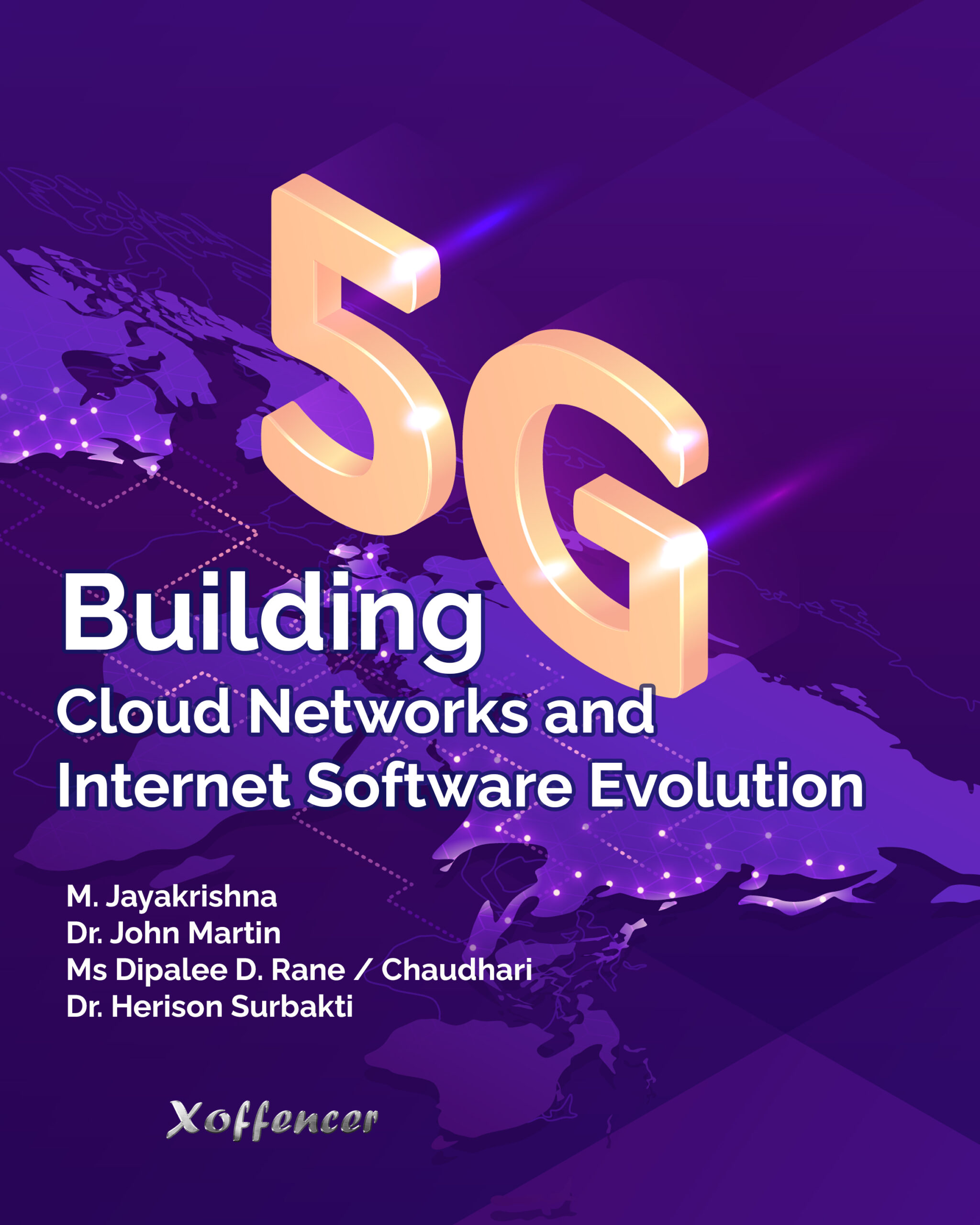






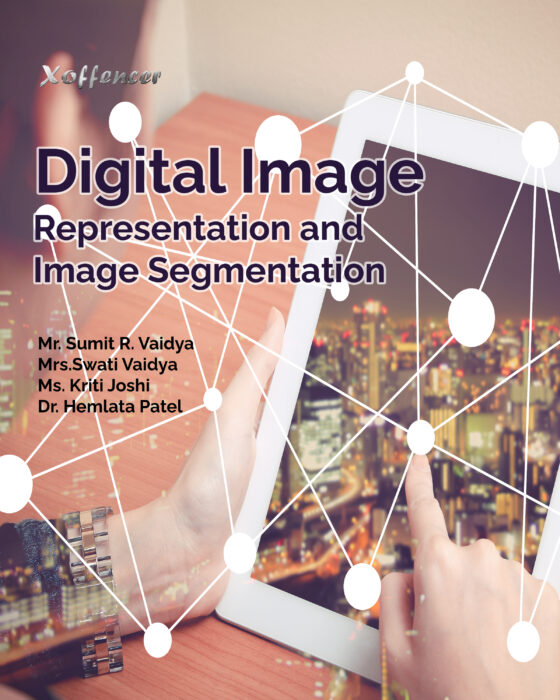
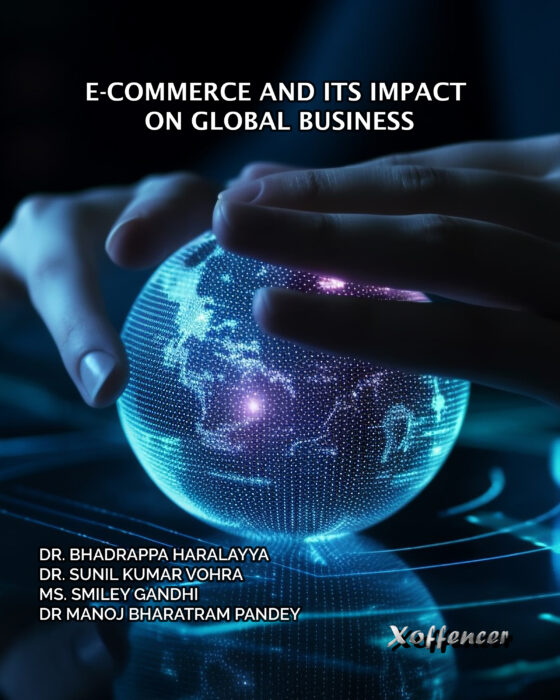
Reviews
There are no reviews yet.